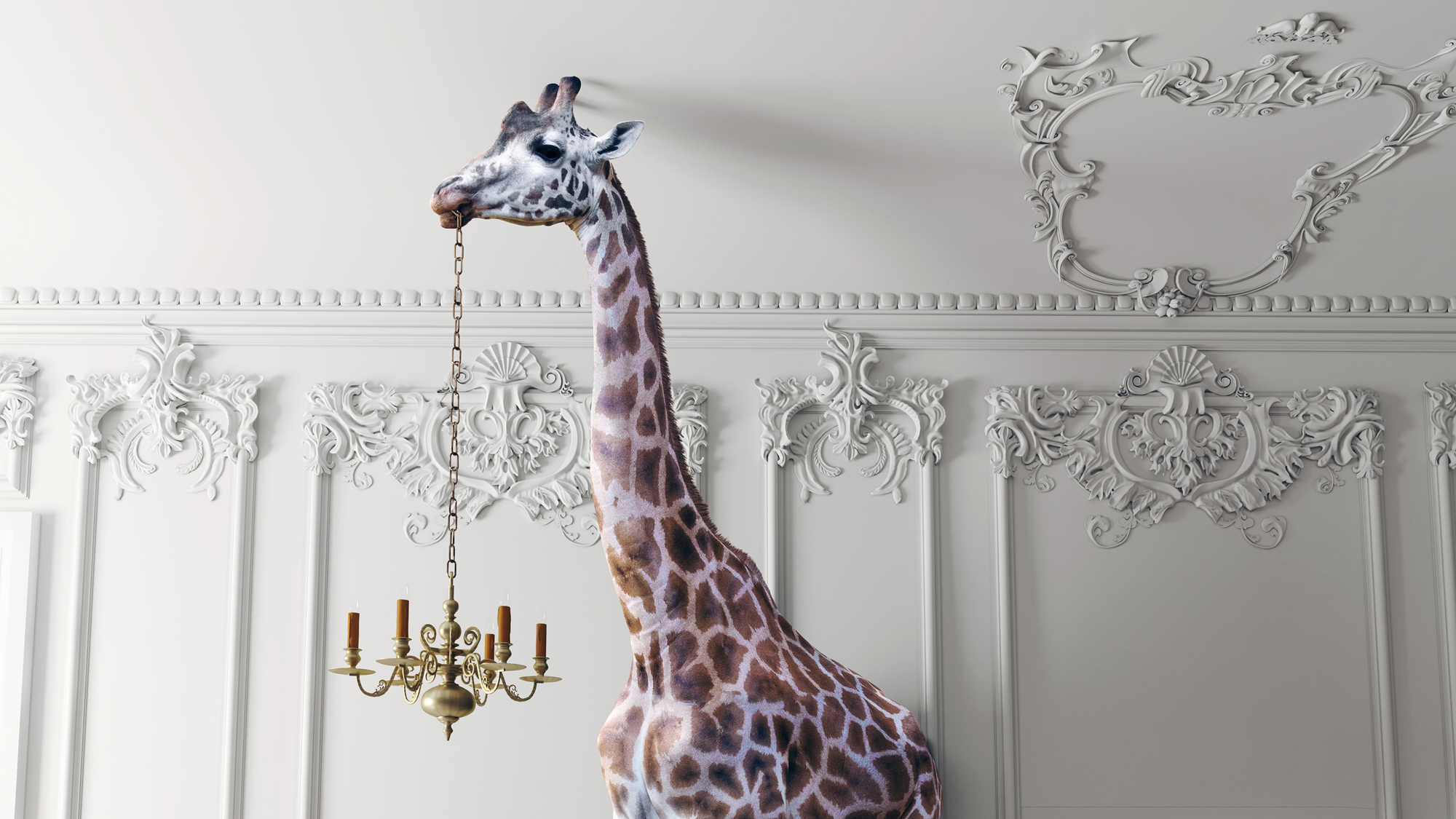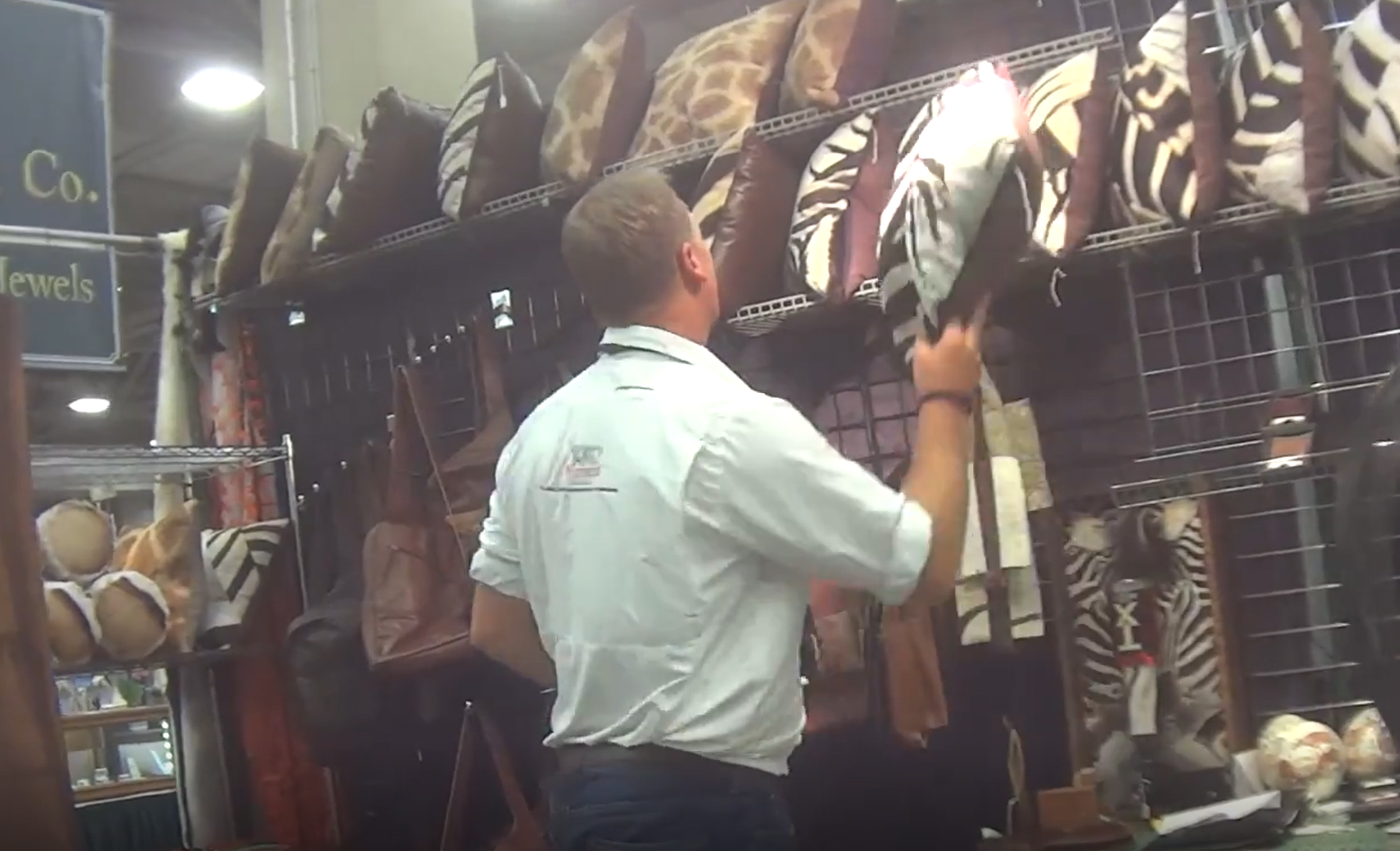Your Finishing Touches May Be Finishing Them Off!
Let’s Talk About The Giraffe In The Room.

Image vicnt
Lynn Johnson
25 November, 2020
Home is not only a place, it is also a feeling, and for many people this year home is the place they feel safe. #StayHome became a trending hashtag as COVID-19 forced people to exit offices and the high street, and home schooling became the norm. Undoubtedly, home has become more important than ever, bringing a sense of security and calm during these uncertain times; an escape from the outside world. So, it comes as no surprise that while retail in general has suffered this year, spending on home furnishings has risen dramatically to ensure we have cosy, comfortable and productive spaces during quarantine.
Even before the pandemic, the home furnishings market annually exceeded $1Trillion globally; a trigger for luxury brands to expand into this segment of the market. During COVID-19, expenditure on household furnishings and equipment is up 50% or more in some countries. And both mainstream and social media are packed with design tips and tricks. Sadly, too many of these home styling ideas feature products made of endangered and exotic species.
Paradoxically, at a time when we were quarantined in our homes because of a disease that is zoonotic in origin, consumers are buying wildlife products. Setting aside, for the moment, the question of ethics of buying something made from a species classed as endangered, COVID-19 is a result of the line between humans and exotic animals being breached for trade purposes. So, how is it smart to be driving up this trade, by purchasing everything from giraffe skin cushions and ottomans to trays and trunks? And, for that matter, just how did taxidermy become de rigueur in recent years?

Image Human Society US
Having products made from endangered species in the home has become sanitised and normalised. This desire should be viewed as vulgar, plain and simple. As consumers we can’t ignore the fact that our purchasing choices are driving extinction risks simply because we want some scatter cushions.
There are only about 68,000 mature giraffes alive in the world. While giraffes have been called the silent extinction, elbowed out of the news by elephants, rhinos and lions, their numbers have plummeted 40% in recent times. Yet products made of giraffe body parts are booming; over 40,000 giraffe parts were imported to the US alone in the last decade. In recent weeks, the US decided to park legislation to protect giraffes until 2025. And giraffes, for the first time ever, received some, minimal protection from the UN convention that regulates this trade in 2019. Decades of evidence confirms that protection of endangered species from exploitation for trade purposes comes too little, too late.
Fears about the growing sales of such products are deepening. Why? Because of what some have called the Downton Abbey Effect, as wealthy people worldwide make the move to the country because of the pandemic. Be it a country estate or something more modest, the strategy for styling such properties often incorporates ‘heritage’. An article by Nicole Hogan for Voyeur magazine’s luxury edition: The Luxury Stops Here, confirmed consumers were moving away from ostentatious demonstrations of status to more understated; one interviewee summarised this as “True luxury is knowing where things come from – that makes it authentic and real. It is understanding the journey of that rare product that makes it so special and desirable”.
Whilst a valid strategy, it is critical that this segment qualifies and excludes anything that can trigger the desire for rare wildlife products.
For the duration of the pandemic, it seems that the home furnishing market has become the new LBD. While home styling may be the big winner in the age of COVID-19, we as consumers need to be wary of what exactly ‘heritage designs’ encompass. Using rare wildlife products should certainly be no longer socially acceptable in 2020.
HowToSpendItEthically.Org is all for you keeping your spirits high, and bringing calm, by creating a cosy and safe home. But when it comes to the finishing touches, make sure your choices don’t finish wildlife off!

Subscribe To
[mc4wp_form id=”29″]




